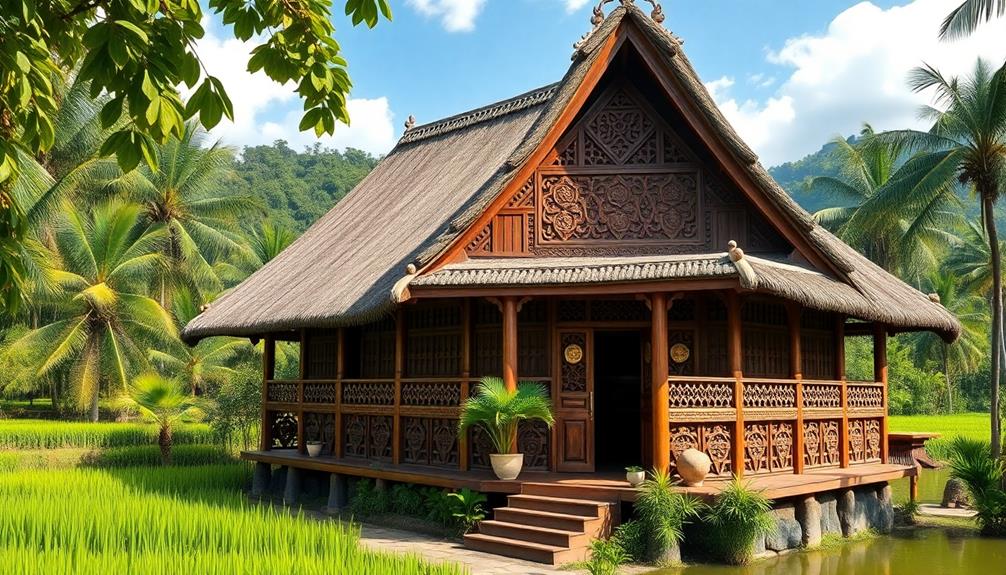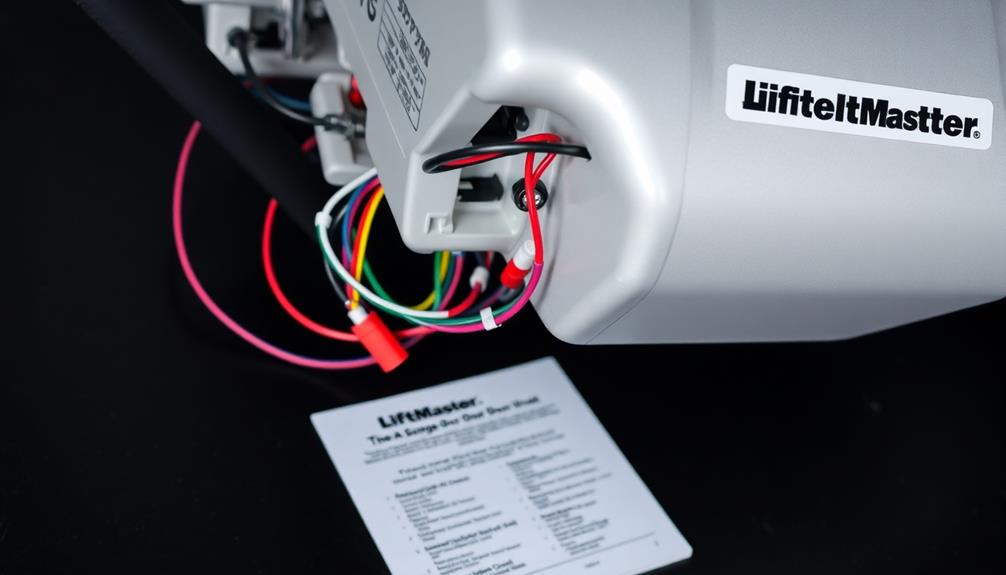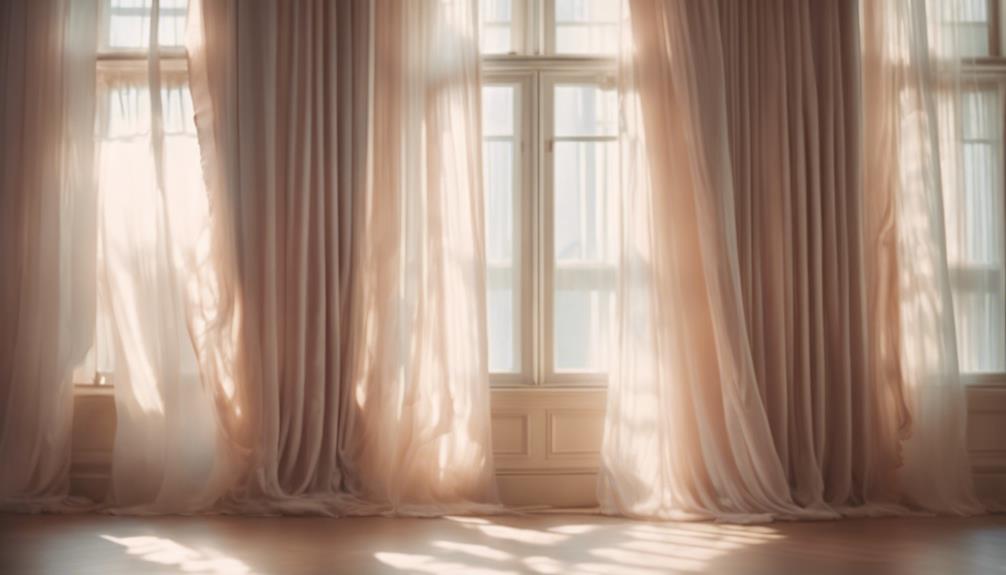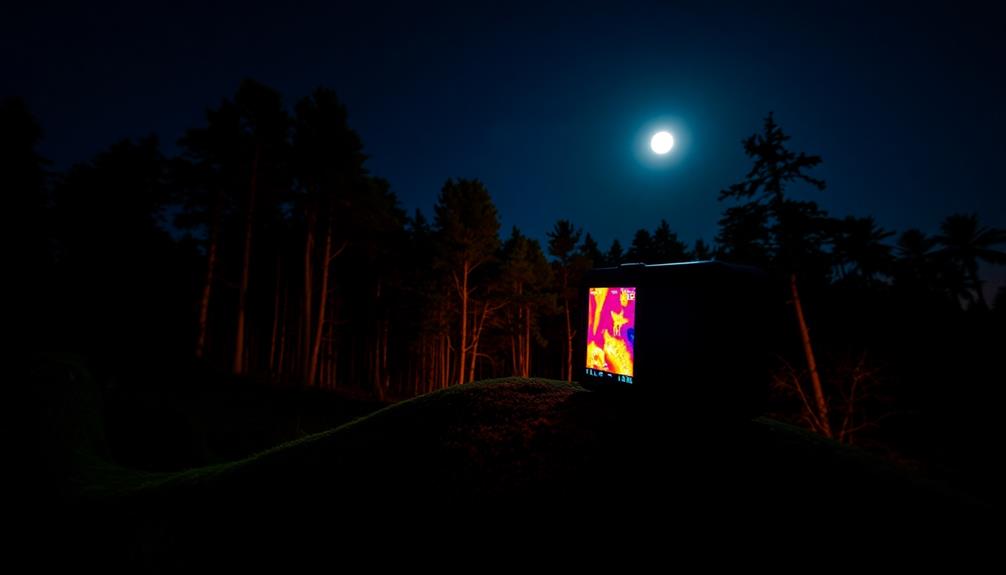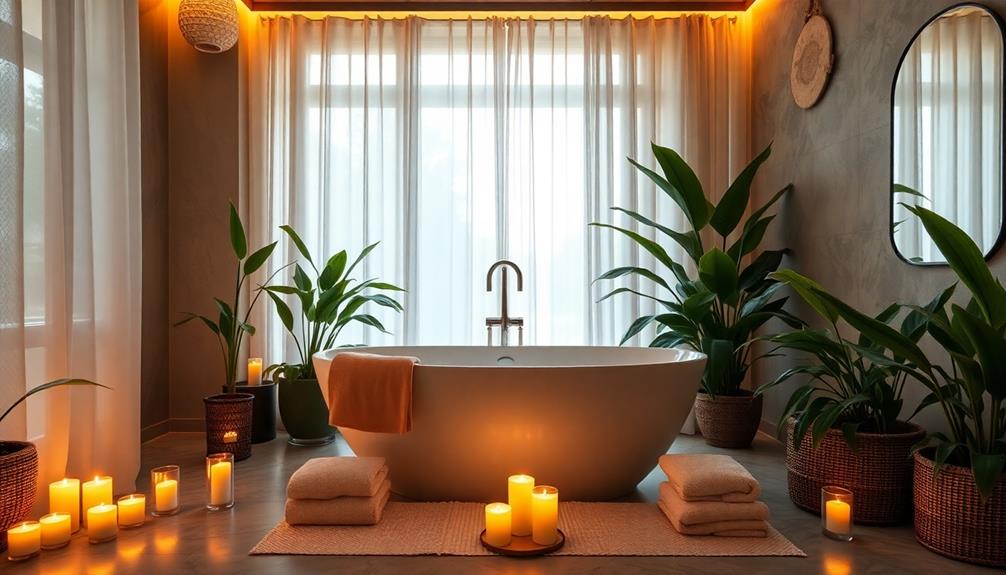When you’re deciding between classic and modern design, take into account the unique characteristics of each style. Classic design showcases intricate details and luxurious textures, exuding a sense of timeless sophistication and comfort. Imagine elaborate moldings and sumptuous fabrics. On the flip side, modern design focuses on simplicity and functionality, with clean lines and versatile furniture pieces. It creates sleek, serene environments with neutral color schemes. Both styles are influenced by cultural movements, and combining them can result in customized, distinct outcomes. Mixing elements from classic and modern aesthetics can elevate the overall look of your space. Interested in learning more about how these styles can revamp your home? There’s a wealth of information waiting to be explored.
Key Takeaways
- Classic design features ornate details and rich textures, evoking warmth and nostalgia through its historical elegance.
- Modern design focuses on simplicity, practicality, and space efficiency, utilizing clean lines and multifunctional furniture.
- Classic interiors use deep colors and luxurious materials, while modern spaces favor neutral palettes and sleek finishes.
- Blending classic and modern styles creates a harmonious aesthetic, combining vintage elements with contemporary design for unique visual interest.
- Emotional responses play a significant role in style preference, influencing decor choices based on the desired atmosphere and comfort level.
Historical Origins of Design

In understanding the historical origins of design, you'll find classic style deeply rooted in the grandeur of 18th and 19th-century European decor. This period is characterized by ornate details and opulent materials, reflecting the Victorian and Baroque influences that shaped its aesthetic.
You'll notice how classic design exudes sophistication, drawing inspiration from historical traditions and antiques.
Meanwhile, modern style emerged in the early 1900s, focusing on practicality and clean lines, distancing itself from the richness of the past.
The evolution showcases a fascinating shift: from the elaborate elegance of classic design to the minimalist approach of modern design. This contrast highlights how societal values and technological advancements have shaped our preferences and perceptions of beauty throughout history.
Key Design Features

Classic and modern designs each boast distinctive key features that define their unique aesthetics.
In classic design, you'll notice intricate mouldings, opulent chandeliers, and rich textures that evoke timeless elegance. The emphasis is on depth and historical charm, creating a cozy, lived-in feel.
Conversely, modern design prioritizes simplicity and functionality. You'll encounter clean lines, multi-functional furniture, and minimal ornamentation, reflecting a commitment to practicality. Spaces often feel open and airy, with an emphasis on efficient layouts.
While classic interiors draw you into a world of sophistication, modern spaces invite you to appreciate the beauty of minimalism.
Ultimately, each style offers a different approach to comfort and utility, allowing you to choose based on your personal taste.
Color and Material Choices

When it comes to color and material choices, classic and modern designs take distinctly different paths.
Classic interiors embrace rich tones and opulent textures, while modern styles lean towards neutral palettes and minimalist aesthetics.
You'll find classic spaces adorned with:
- Deep mahogany furniture that evokes warmth
- Luxurious velvet drapes in vibrant hues
- Intricate floral wallpaper that tells a story
- Polished marble countertops adding elegance
- Soft leather upholstery providing comfort
In contrast, modern designs favor simplicity and function.
They often incorporate materials like metal and glass, creating a sleek, clean look.
Choosing between these styles means considering whether you crave the warmth of tradition or the freshness of contemporary minimalism.
Each path offers a unique ambiance that reflects your personal taste.
Emotional and Aesthetic Impact
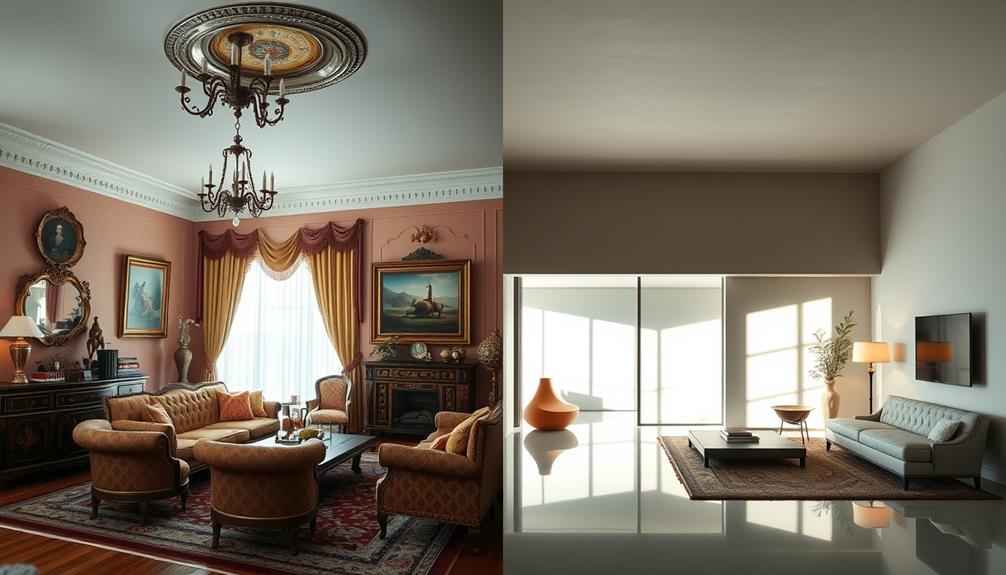
Emotional resonance plays an essential role in how you perceive and connect with a space, whether it leans towards classic or modern design.
Classic design often wraps you in warmth and nostalgia, inviting comfort through rich textures and intricate patterns. You'll likely find yourself drawn to its timeless sophistication, evoking feelings of history and tradition.
In contrast, modern aesthetics promote a sense of openness and tranquility, encouraging a lighter, more minimalist vibe. The uncluttered spaces and bold colors can energize you, offering a fresh perspective.
Your emotional response to these styles influences your decor choices, revealing your preference for either the charm of the past or the sleekness of the present.
Ultimately, it's about what resonates with you personally.
Practicality and Space Efficiency
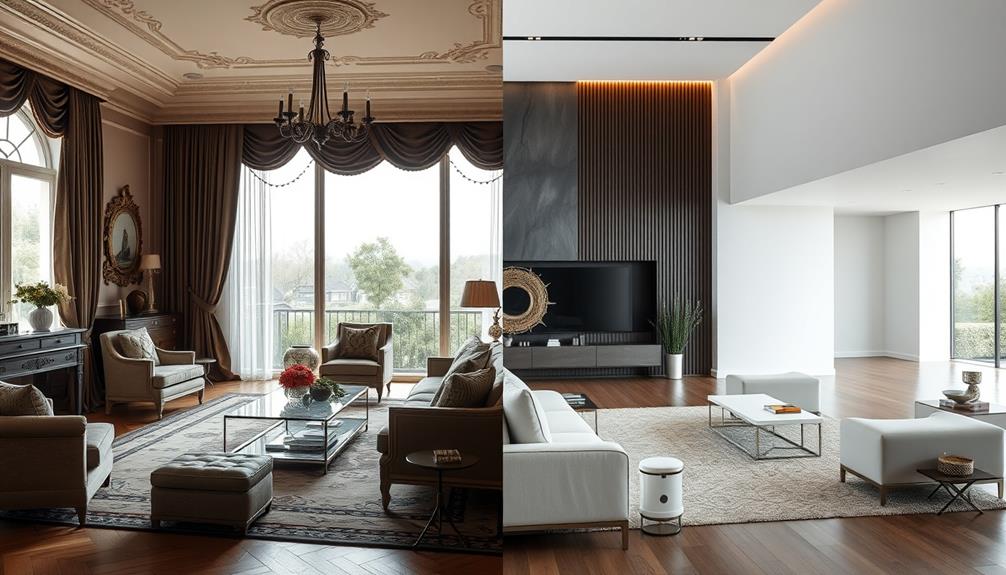
Your emotional connection to a space often shapes how you utilize it, and practicality plays a significant role in that relationship.
When considering classic versus modern styles, think about how each setup impacts your day-to-day life. Modern designs prioritize space efficiency, offering multifunctional furniture that adapts to your needs, much like how various brewing methods can enhance the coffee experience innovative coffee gear.
Imagine:
- A sleek sofa that converts into a bed
- Nesting tables that slide away when not in use
- Wall-mounted shelves that save floor space
- An expandable dining table for gatherings
- Hidden storage in benches or ottomans
These elements allow you to enjoy both aesthetics and functionality, ensuring your space feels open and inviting.
In contrast, classic interiors may feel beautiful but often lack the practical layouts you need for contemporary living.
Influential Cultural Trends
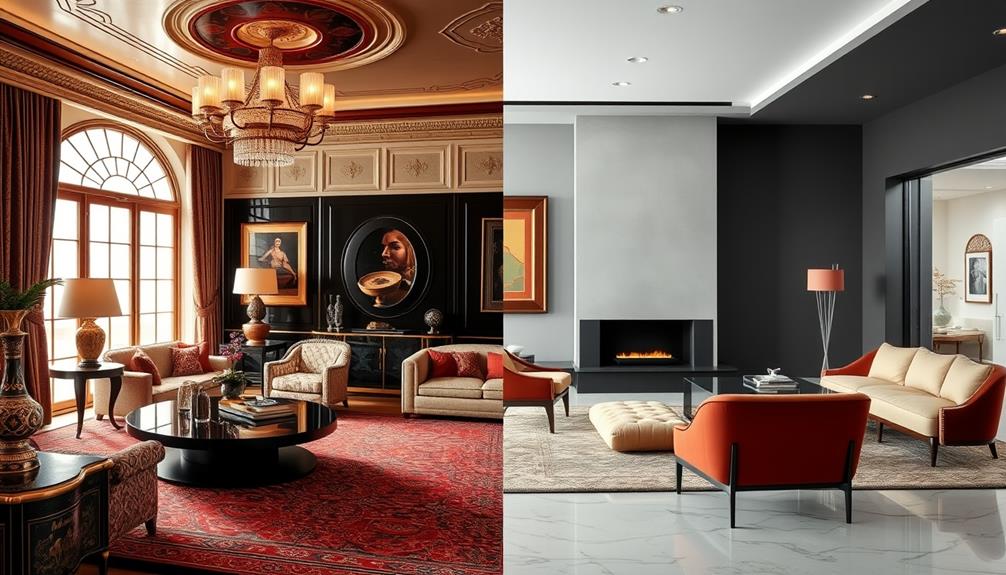
Cultural trends have a profound impact on design styles, shaping how spaces are perceived and utilized. As you explore classic and modern aesthetics, consider how societal shifts influence your choices.
The classic style often draws from historical events, reflecting the elegance of bygone eras like the Victorian or Baroque. Meanwhile, modern design emerges from a desire for practicality and innovation, responding to the fast-paced, technology-driven world. In today’s society, there is a growing trend towards blending tradition and modern design. Many designers are incorporating classic elements into their modern creations, creating a fusion of old and new. This approach allows for a nod to the past while embracing the innovations and efficiencies of the present day. As a result, we see a beautiful balance of timeless elegance and contemporary functionality in many of today’s designs.
You might notice how environmental awareness pushes modern aesthetics toward sustainable materials, contrasting with the opulence of classic decor. Additionally, globalization fosters a blend of influences, making your personal style more eclectic.
Recognizing these trends helps you appreciate the deeper narrative behind the designs you choose for your space.
Blending Classic and Modern Styles
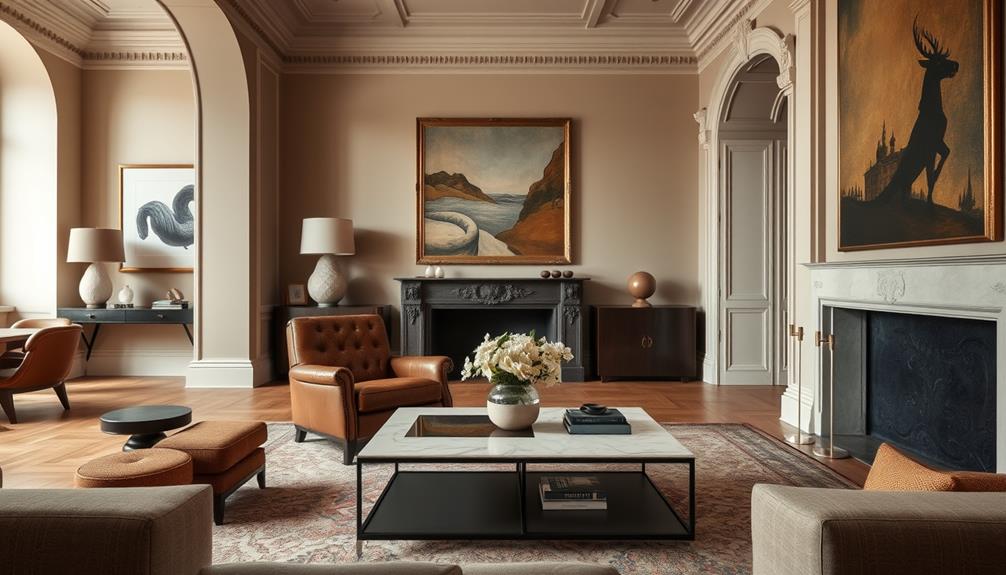
Blending classic and modern styles can create a unique and harmonious aesthetic that appeals to a wide range of tastes.
By understanding your personal influences and preferences, you can effortlessly mix the elegance of classic designs with the simplicity of modern elements to craft a space that feels both timeless and fresh.
Consider incorporating:
- Ornate chandeliers hung above sleek, minimalist furniture
- A vintage Persian rug layered on top of polished concrete floors
- Antique mirrors framed in gold juxtaposed with abstract wall art
- Rich, deep color palettes softened by neutral accents
- Traditional wood cabinetry paired with modern metal hardware
This fusion allows you to enjoy the best of both worlds, creating a space that feels personalized, inviting, and visually striking.
Embrace this blend, and watch your decor come alive!
For more tips on how to visualize your design concepts, check out mood boards essential.
Frequently Asked Questions
How Do Classic and Modern Styles Influence Home Resale Value?
Classic styles often attract buyers seeking timeless elegance, potentially raising resale values. In contrast, modern designs appeal to those valuing minimalism and functionality, leading to competitive offers. Your choice can greatly impact your home's marketability.
What Are Some Popular Hybrid Styles Combining Classic and Modern Elements?
Think of hybrid styles as a dance between eras. You'll find popular blends like interlude, where classic elegance meets modern minimalism, or eclectic, mixing vintage charm with sleek, contemporary lines for a unique, personal touch.
Which Style Is More Affordable to Implement in Home Decor?
When considering affordability in home decor, modern style often wins. Its emphasis on simplicity and practicality can reduce costs, while classic elements may require more investment in intricate details and luxurious materials.
How Do Cultural Backgrounds Affect Preferences for Classic or Modern Design?
Oh sure, your cultural background totally doesn't shape your decor preferences! But really, it influences your taste, making you lean towards classic sophistication or modern minimalism, depending on your roots and aesthetic exposure.
Can Classic and Modern Styles Coexist in a Single Room Effectively?
Yes, classic and modern styles can coexist beautifully in a single room. You can blend rich textures with clean lines, creating a balanced aesthetic that highlights the charm of tradition alongside the appeal of contemporary design.
Conclusion
In the end, whether you lean towards classic elegance or modern minimalism, remember that the heart of your home reflects your unique personality. Each style has its own charm, and blending elements from both can create a space that's truly one-of-a-kind. So, don't throw the baby out with the bathwater—embrace the best of both worlds. Your interior design journey is just beginning, and it's time to curate a home that feels like you.

